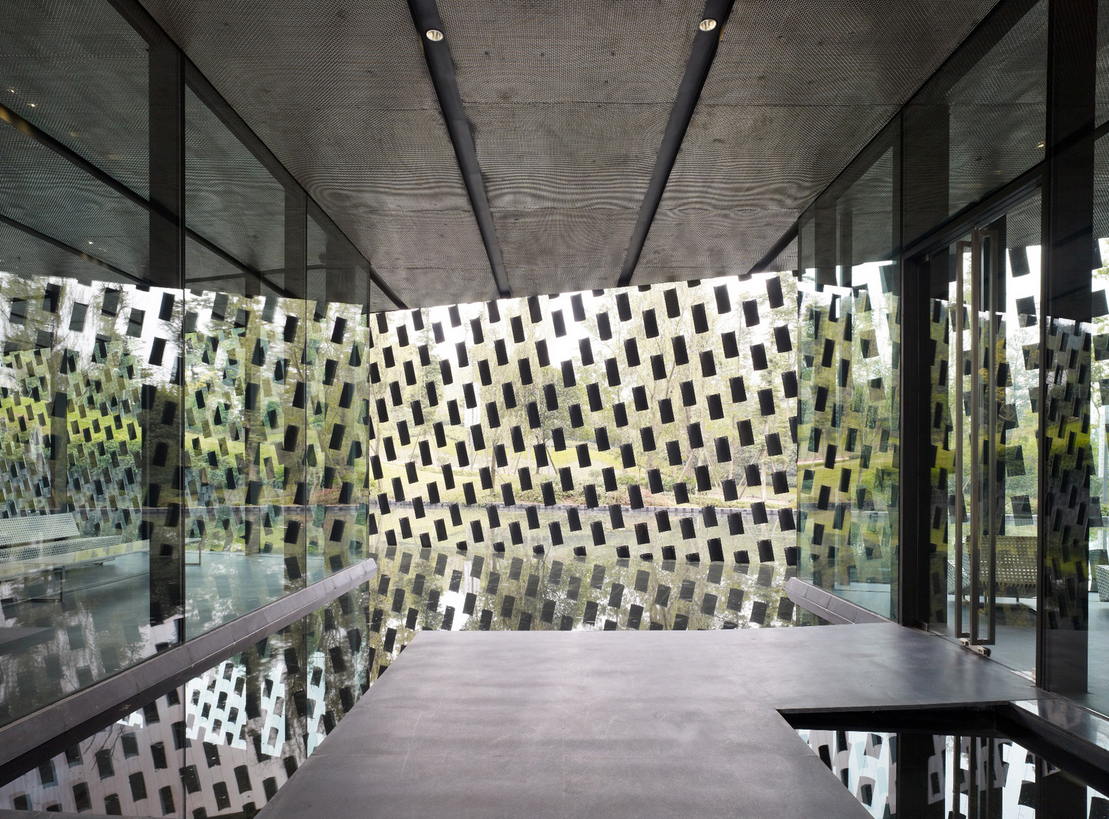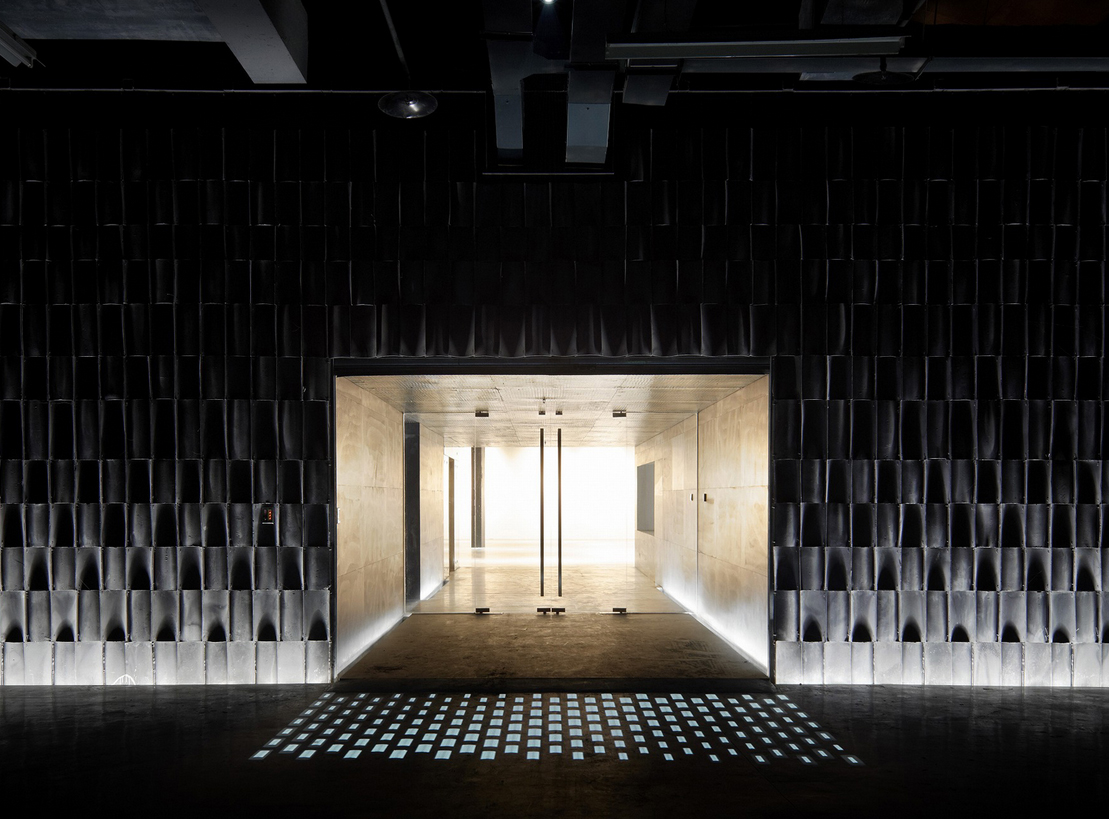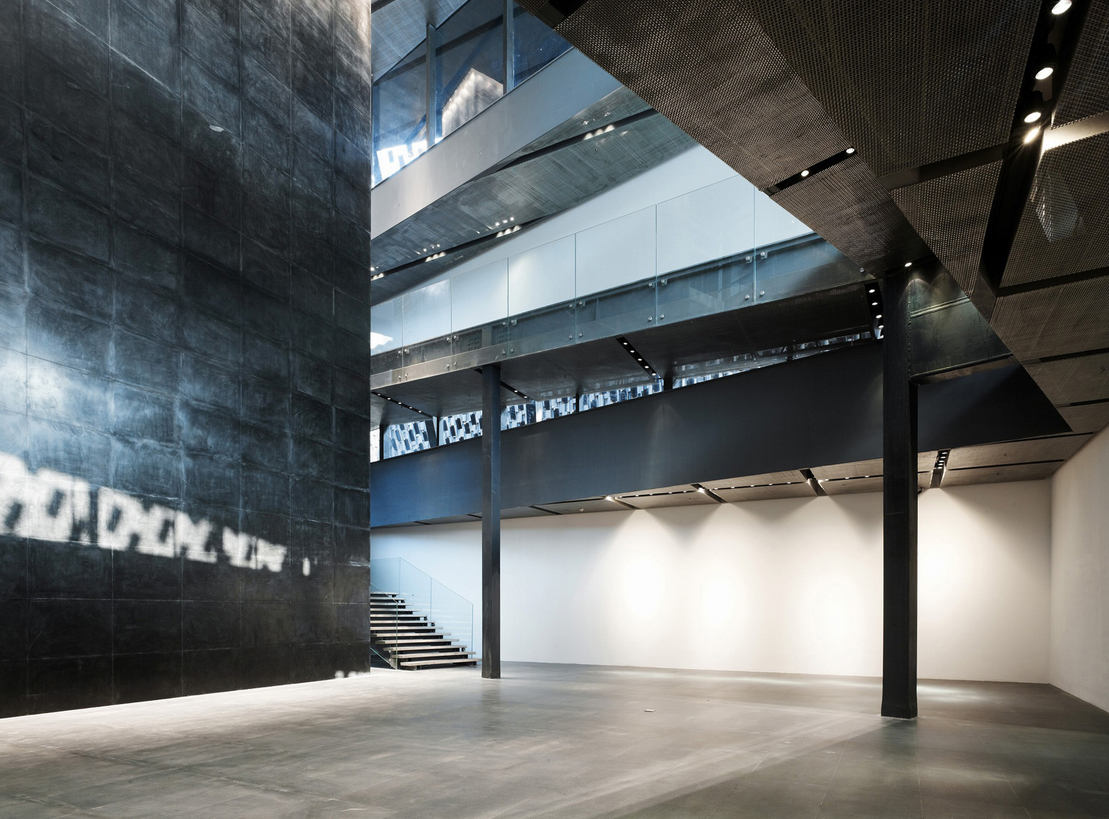Japanese architect Kengo Kuma designed the Xinjin Zhi Museum in Sichuan prefecture, China.
This pavilion is located at the foot of Laojunshan mountain in Xinjin, to usher in the people to the holy place of Taoism, while the building itself shows the essence of Taoism through its space and exhibitions. The tile used for façade is made of local material and worked on in a traditional method of this region, to pay tribute to Taoism that emphasizes on nature and balance. Tile is hung and floated in the air by wire to be released from its weight (and gain lightness). Clad in breathing façade of particles, the architecture is merged into its surrounding nature. The exhibition space inside is planned spiral moving from darkness to light. From the upper floor a paramount view of Laoujunshan can be enjoyed. Direct sunlight is blocked by the tile, and the interior of the building is covered with gentle light with beautiful particle-like shade.
Read more: http://kkaa.co.jp








